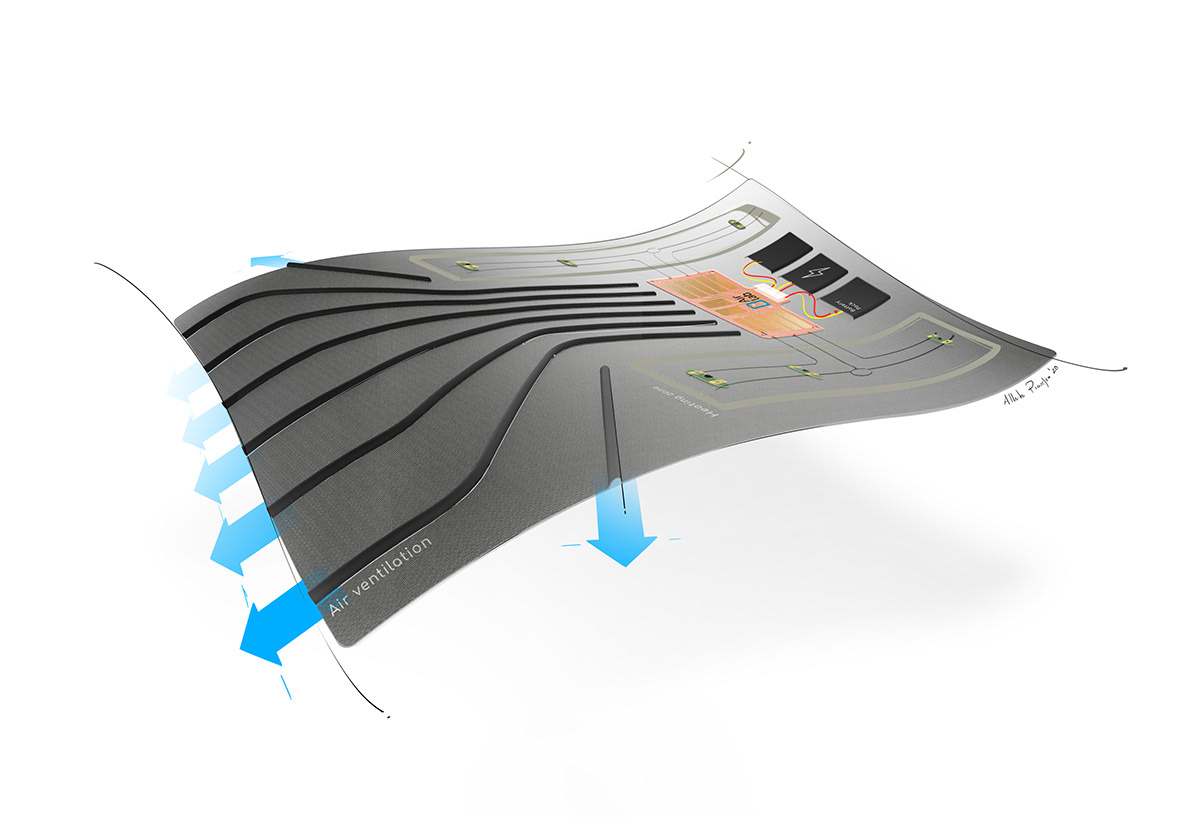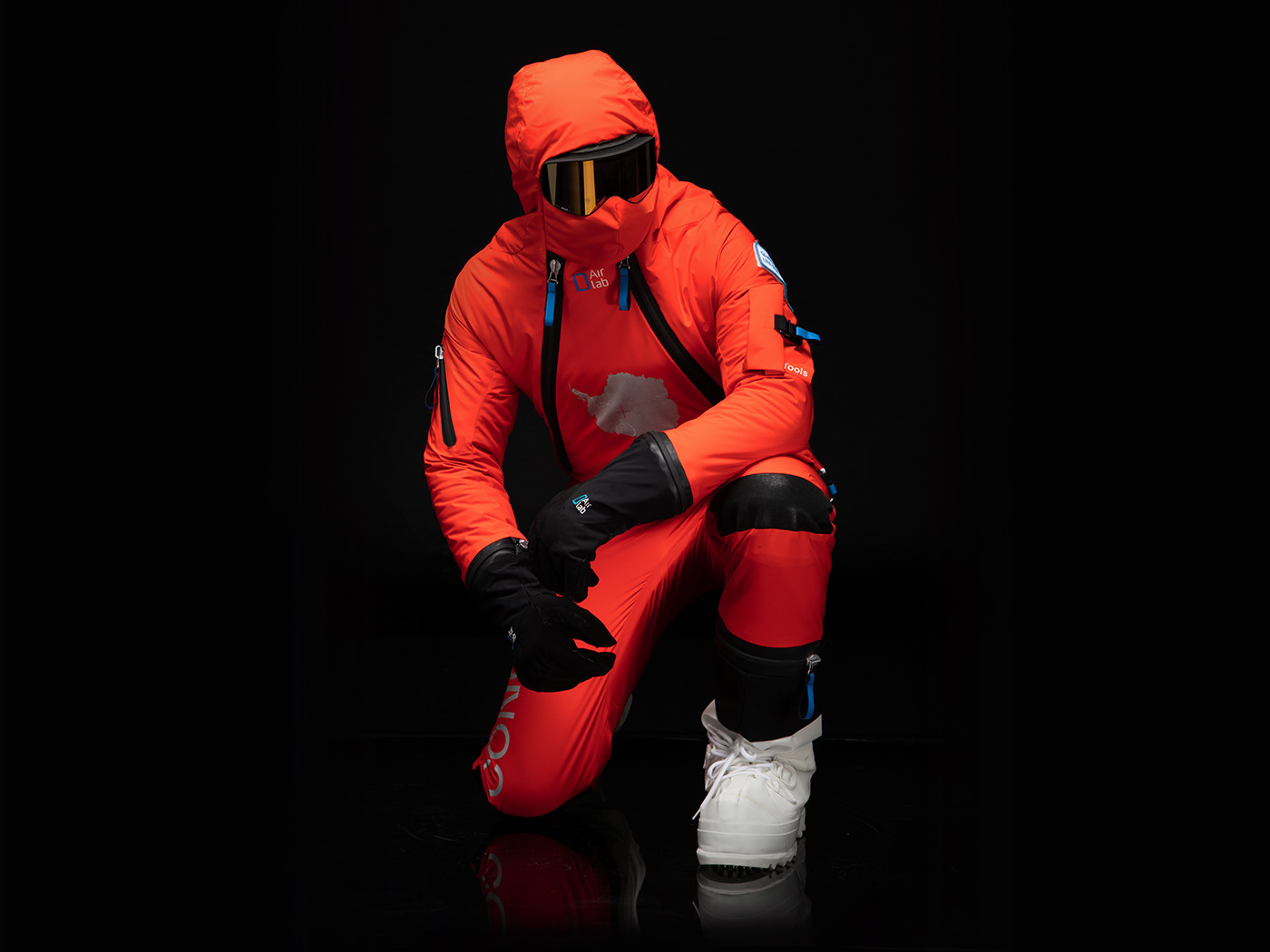
ANTARCTICA PROJECT
D-Air Lab has taken up the challenge to design an ad-hoc garment for the extreme needs of explorers and scientists, providing a technological equipment that leverages smart dress skills and applies solutions from the worlds of motorcycle racing, skiing, and space exploration. The Antarctica Suit is designed to become the first “home” for scholars in Antarctica: it is comfortable and functional. For this reason, the suit is composed of two distinct elements with different functions that complement each other: a very thin inner layer, in contact with the body, and an outer cover in contact with the environment. This represents a significant improvement over the current equipment, made of many layers that are not very functional and excessively cumbersome.




PRELIMINARY STUDIES
Italy has been present in Antarctica since 1985 with a government scientific program, the National Program of Research in Antarctica (PNRA), and currently carries out studies in two Antarctic stations: the aforementioned Italian-French Concordia station and the Mario Zucchelli station, home of great research and discoveries. The scholars are forced to work at temperatures that exceed -80°C: for this reason, the research has turned to thermal protection devices that allow living and working in such rigid climates even for long periods.


UNDERSUIT
The undersuit takes its inspiration from our skin and its ability to continually regulate temperature and ventilation/transpiration to suit the conditions in which we find ourselves as they change. The layer developed, shown in the drawing alongside, makes use of an integrated series of different materials: silk yarn for comfortable skin contact, a stiffer yarn to provide constant body ventilation and silver thread to create the conductive paths for generating heat.



OUTER SHELL
The outer shell is designed to work in conjunction with the undersuit. The materials and construction have been chosen prioritising thermal and ergonomic performance so that the researchers expend as little energy as possible while at work. Ithas a layered construction comprising 6 different materials, each with a precise function to achieve maximal thermal performance. The layers closest to the body retain heat and transfer moisture outwards, while the outer layers keep the cold and wind at bay.

MORE AT https://www.youtube.com/watch?v=Tnx61GaaX44
*Images courtesy of UNLESS & D-Air Lab | Sketches: Alberto Piovesan



